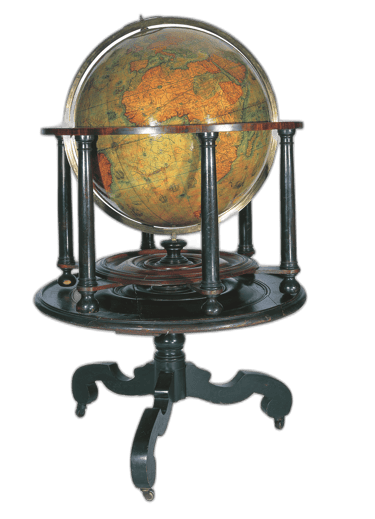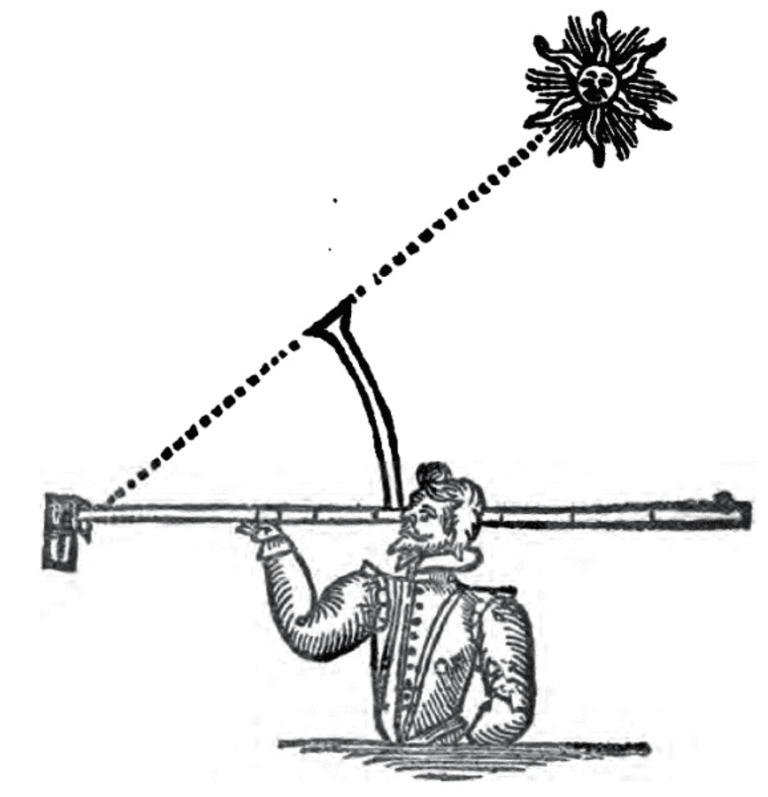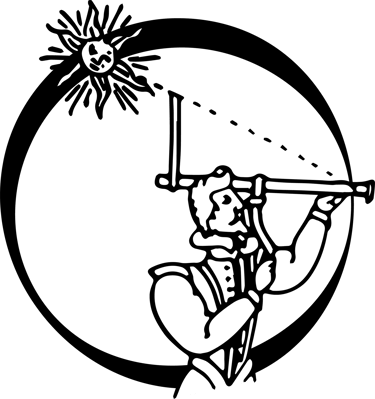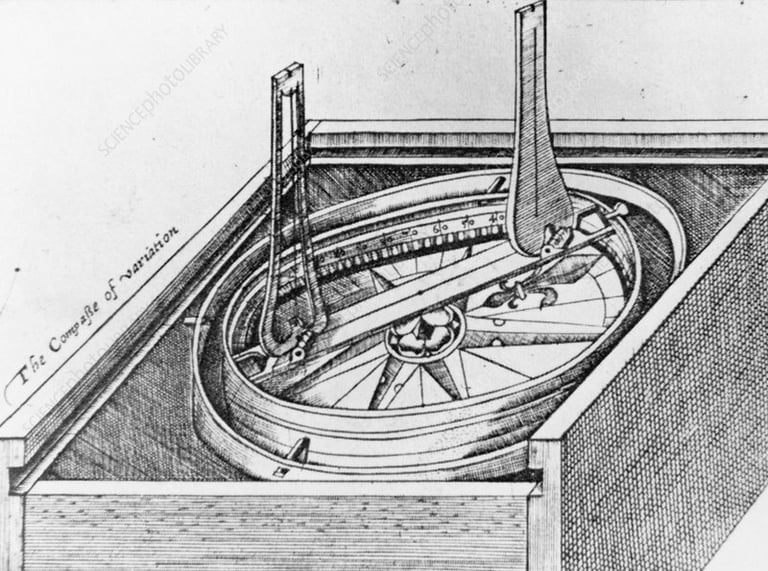Logo
William Adams was a navigator, a vital member of any ship’s crew to this day. The navigator, also called a pilot, is skilled in plotting the course of, and ultimately responsible for, the safe passage of a ship.
WAC’s logo depicts a pilot using a backstaff, one of the earliest marine navigational instruments, and is drawn from an image found in The Seaman's Secrets, a navigational manual written by Captain John Davis (1550—1605). It was designed for the sole purpose of measuring the angle of the sun’s elevation at noon each day, to fix the ship’s latitudinal position. Since it relied on the shadow cast by the sun (to avoid looking directly at the sun) the device would have been useless for night-time observations of the altitudes of the stars. For this the astrolabe was still used.
Captain Davis was a chief navigator for Queen Elizabeth I of England and led many voyages, which included the discovery of the Falkland Islands in 1592. His book was first published in 1594, a time contemporaneous with William Adams and before he left England to join the Dutch East Indies Company fleet of five vessels, including De Liefde, that left Rotterdam in 1598 for the Far East. It is not fanciful to think that Adams and Davis may have known each other as they moved in the same circle of pioneering mariners.
THE WILLIAM ADAMS CLUB
Adams was also thought to possess two other cutting-edge navigation instruments.
Firstly, he probably carried an example of William Barlowe's compass of variation, a technology of which late-Elizabethan England could be truly proud and, as it happens, an instrument constructed partly though consultation with a Japanese mariner known as Christopher who was resident in London during the late 1580s and early 1590s. This was a dry compass, but mounted on gimbals to ensure that it remained horizontal in rough waters. It also boasted more durable steel needles and better magnetism.
Barlowe’s conversations with Christopher are believed to be the first recorded intellectual discussions between between Japanese and English-speaking people, and the first ever example of Anglo-Japanese cooperation in industrial design and technological development. This compass, therefore, holds a special place in world history.
This 16th century engraving shows a compass of variation. This was used to measure the difference between true north and magnetic north at any given point. True north could be found from the celestial observations. This engraving was first published in The Navigator's Supply by William Barlowe, printed at London in 1597.
Secondly, Adams is thought to have possessed a portable Molyneux globe. This globe was England’s first, and after 1592, the smaller versions were proudly carried by English mariners as examples of their nation’s new navigational expertise. Captain Davis described globes thus:
"The use of the Globe is of so great ease, certainty, and pleasure, as that the commendations thereof cannot sufficiently be expressed, for of all instruments it is the most rare and excellent, whose conclusions are infallible, giving the true line, angle, and circular motion of any corse or trauers that may in Navigation happen, whereby the longitude and latitude is most precisely knowne, and the certainty of distance very plainely manifested, according to the true nature thereof."


Terrestrial Globe
Credit: Middle Temple Library, London


WAC chose this as a suitable image for its period correctness showing a pilot of the day at work, although it should not be misconstrued as an image of Adams himself. The backstaff, which was invented by Captain Davis in 1594, was used to measure the altitude of celestial bodies. The backstaff allowed indirect observation of the sun, which was a major advantage over its precursor the cross-staff, as it avoided any damage to the pilot’s eyesight. We have no indication that Adams suffered from vision problems and, therefore, may reasonably assume he used this instrument.
As an aside, Captain Davis was the first Englishman known to have been killed by the Japanese, albeit wako (pirates), off Bintang, Sumatra in 1605. For their part, the Japanese, which Davis' ship was attacking, considered him to be the pirate.
A pilot using a backstaff as depicted in The Seaman's Secrets.




